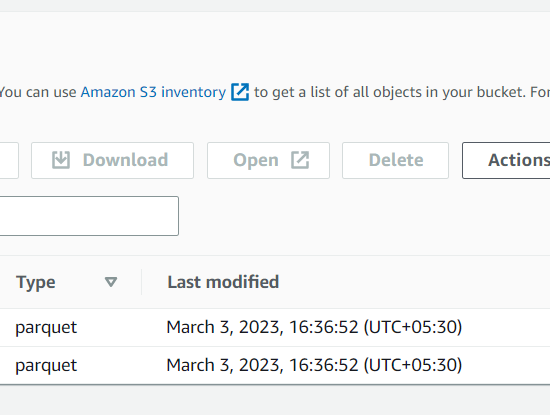You have been presented with a few pain points to solve around your company’s Redshift solution. The original Redshift cluster that was launched for the company’s analytics stack has become underpowered over time. Several groups wish to create incremental backups of certain tables to S3 in a format that can be plugged into data lake solutions, as well as other groups wishing to have select pieces of the main Redshift schema splintered to new department-specific clusters.
You’ve come up with a plan to utilize the UNLOAD and COPY commands to facilitate all of the above and need to test a proof of concept to ensure that all pain points above can be addressed in this manner.
Read More
